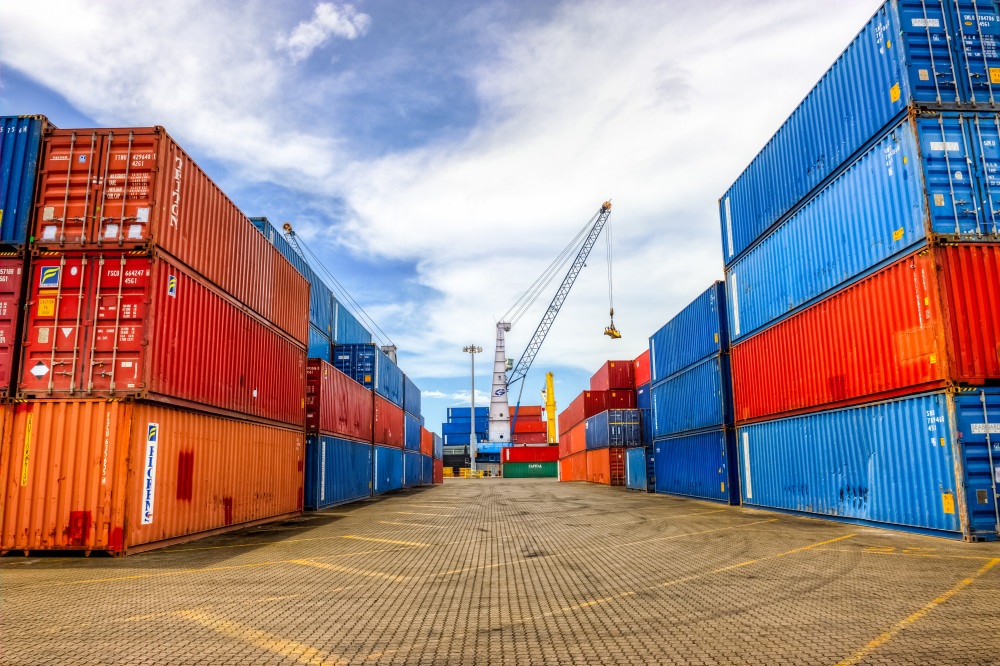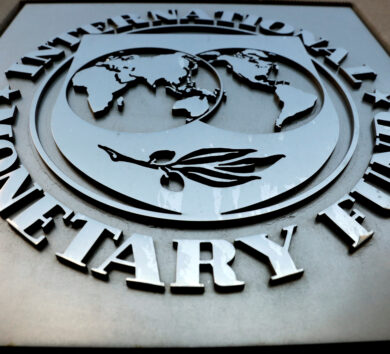
Revenues at the Terminal Operations division was down 6% for the period

Shareholders profit at Kingston Wharves Limited (KWL) declined by one per cent to $548 million during the March 2021 quarter.
This was as a result of a similar decline in consolidated revenues of $1.85 billion, down by $26 million over the corresponding period in 2020. Earning per share for the quarter was 38.30 cents compared to 38.72 cents in prior year.
The Terminal Operations division generated operating revenue of $1.4 billion for the March quarter, a decrease of six per cent over the corresponding period of the prior year. Divisional profits decreased by 24 per cent from $595 million to $451 million year-on-year.

The division remains the largest segment of the port company, contributing 68 per cent of revenues. The economic downturn, which saw a reduction in domestic motor vehicle imports and some commercial shipments directly impacted the performance of this division.
This was only partially offset by a growth in the volume of consolidated shipments by traders who were making greater use of logistics services and ecommerce providers, over full container load shipments.
Significant jump in costs as a result of SEZ designation
The company saw a significant increase in costs and fees associated with its Special Economic Zone (SEZ) designation, which took effect in the second quarter of the prior year, coupled with the volatility in the foreign exchange market also contributed to the division’s 2021 first quarter results. The Special Economic Zone is expected to attract business for the terminal in the medium term but the arrangement incurs significant short-term costs.

KWL’s terminal operations remains a crucial link in the local and regional supply chain, serving more than 30 destinations, with the capacity to handle all cargo types from bulk, break-bulk, automotive and containerised cargo. The Logistics Services division continued to experience growth in the first quarter.
This business unit generated revenues of $614 million, an increase of 16 per cent over the prior year. Divisional profits significantly increased by 64 per cent relative to 2020 from $140 million to $230 million.
The relatively strong performance of this division is the realisation of gains from recent capital investments made to attract new business and expand service offerings.
Outlook for 2021
Kingston Wharves has seen signs of recovery in its business, with the services of the Logistics Division driving the upturn. These positive results are the culmination of critical investments made in the business over the last several years, including the construction of our Total Logistics Facility and other specialised warehousing facilities, coupled with modern IT systems to streamline the tracking of shipments and customs clearance.

The Jeffrey Hall led board of KWL is satisfied that its competitive position in the domestic and regional markets remains strong. Since the start of the year KWL have earmarked resources for major rehabilitation works on Berth 7, as part of a continuing process of enhancing the competitiveness of our infrastructure.
Through a partnership with the Port Authority of Jamaica, KWL have also strengthened its security apparatus as an additional value proposition to our discerning local and international clientele. KWL continues to tap into technology to enhance its processes and have implemented a contactless cargo clearance platform ‘Click N Collect’ and an e-Services platform as a one-stop shop for all its online payment options.
These tools are an essential component of the company’s effort to improve customer convenience, reduce in-branch activity and help in the fight against COVID-19. The growth strategy will also be focused on value-added partnerships to extend its footprint and improve its range of logistics services locally and regionally.







Comments